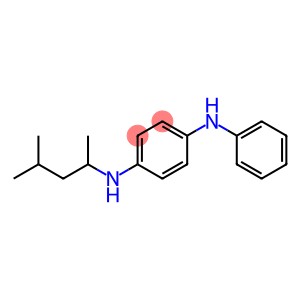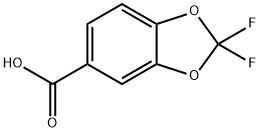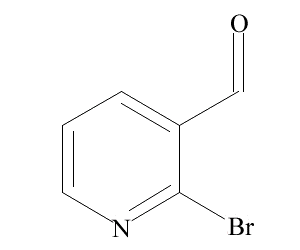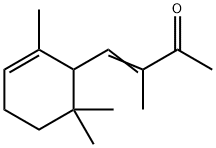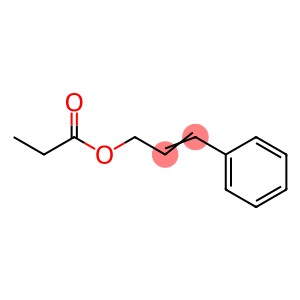2,4-Dinitrotoluene(CAS#121-14-2)
| Risk Codes | R45 – May cause cancer R23/24/25 – Toxic by inhalation, in contact with skin and if swallowed. R48/22 – Harmful danger of serious damage to health by prolonged exposure if swallowed. R51/53 – Toxic to aquatic organisms, may cause long-term adverse effects in the aquatic environment. R62 – Possible risk of impaired fertility R68 – Possible risk of irreversible effects R39/23/24/25 - R11 – Highly Flammable R52/53 – Harmful to aquatic organisms, may cause long-term adverse effects in the aquatic environment. R36 – Irritating to the eyes R20/21/22 – Harmful by inhalation, in contact with skin and if swallowed. R50/53 – Very toxic to aquatic organisms, may cause long-term adverse effects in the aquatic environment. |
| Safety Description | S53 – Avoid exposure – obtain special instructions before use. S45 – In case of accident or if you feel unwell, seek medical advice immediately (show the label whenever possible.) S61 – Avoid release to the environment. Refer to special instructions / safety data sheets. S36/37 – Wear suitable protective clothing and gloves. S16 – Keep away from sources of ignition. S26 – In case of contact with eyes, rinse immediately with plenty of water and seek medical advice. S60 – This material and its container must be disposed of as hazardous waste. |
| UN IDs | UN 3454 6.1/PG 2 |
| WGK Germany | 3 |
| RTECS | XT1575000 |
| TSCA | Yes |
| HS Code | 29042030 |
| Hazard Class | 6.1 |
| Packing Group | II |
| Toxicity | Acute oral LD50 for mice 790 mg/kg, rats 268 mg/kg, guinea pigs 1.30 g/kg (quoted, RTECS, 1985). |
Introduction
2,4-Dinitrotoluene, also known as DNMT, is an organic compound.
Quality:
- Appearance: Colorless crystals or brownish-yellow crystals.
- Solid at room temperature, soluble in organic solvents such as ethanol and methylene chloride, insoluble in water.
- It is strongly explosive and has a certain toxicity to the body.
Use:
- As a raw material for military explosives, such as in the manufacture of explosives and pyrotechnics.
- Used as pigment intermediates, such as in the manufacture of dyes and photosensitive materials.
- Applications in organic synthesis reactions, such as the preparation of lead reagents for other compounds.
Method:
2,4-Dinitrotoluene is usually prepared by the reaction of toluene with nitric acid. Common methods include nitric deboronic acid method, ferrous nitrate method, and mixed acid method. Strict safety measures are required during preparation.
Safety Information:
- 2,4-Dinitrotoluene is highly explosive and can cause serious fires and explosions.
- Personal protective equipment such as protective gloves, goggles, and gowns should be worn when handling or handling.
- Avoid inhaling gases, fumes, dust, and vapours, and avoid contact with skin and eyes.
- Keep away from fire and heat sources during use.



